What Is Lining Fabric?
10th May, 2023
Wondering what lining fabric is? It is a forgotten yet crucial element of dressmaking.
Although it might not be apparent from the outside, a garment’s lining is an important component of its appearance and functionality.
In this blog post, we will explore what lining fabric is, its various types, why should you use lining fabric and more.
What Exactly Is Lining Fabric?
Lining fabric is a thin layer of material that is used to cover the interior of clothing items.
It is often constructed of a silky, thin cloth that is sewed inside the garment to improve the fit, comfort, and look of the garment.
Difference Between Lining and Outer Fabric
The key distinction between lining and outer fabrics is that the former is intended to be hidden within a garment, whilst the latter is meant to be seen and acts as the garment’s primary layer.
Lining Fabric
Typically, lining fabric is smoother and lighter than exterior fabric.
Instead of being made to endure extreme climatic conditions, it is made to improve the fit, comfort, and look of the garment.
Outer Fabric
Outer fabric is typically thicker and more durable than lining fabric, as it is exposed to the elements and undergoes more wear and tear.
The Importance of Choosing the Right Lining Fabric
Choosing the right lining fabric is crucial for creating a high-quality and comfortable garment.
The inner fabric performs a number of crucial tasks, such as increasing the garment’s look, boosting the fit and comfort, and safeguarding the outside fabric from deterioration.
The weight, texture, and colour of the fabric, as well as how well it works with the outer fabric, are all key considerations when choosing lining fabric.
It is crucial to take into account the desired outcome, including if the lining should offer warmth, moisture-wicking capabilities, or other practical advantages.
Why Use Lining Fabric?
Structure
Lining fabric may offer extra structure and support to clothing, assisting it in maintaining its form and silhouette.
This is crucial for structured clothing, such as blazers and jackets, which may need more support to keep their form and fit.
See-through
It helps lessen static cling and avoid see-through.
This is crucial for lightweight, thin textiles like silk that are prone to static cling and being see-through.
Protection
Sweat and oils can damage and discolour exterior fabrics over time, so lining fabric can help shield it.
Especially clothing that is worn in close proximity to the body, such dresses and blouses.
Extra Warmth
Lining fabric is a very common option for winter clothes since it may give extra warmth when it is cold outside.
Plus, an additional layer of insulation provided by a lining composed of a warm material, such as flannel or fleece, may keep the user warm and cosy even in subfreezing cold.
Comfortable
A very important benefit of using lining fabric is the increase of comfort.
For example, a dress or shirt with a silk lining may feel softer and more sumptuous on the skin than one with a cotton lining, which also adds breathability and lessens irritability.
Plus, certain kinds of outside fabrics may cause itching or irritation, which may be avoided by using lining fabric.
How to Choose Lining Fabric
Compatibility
It should complement the outer fabric in terms of weight and texture.
For instance, a lightweight lining fabric might not offer adequate support and structure if the outside fabric is thick and structured, whereas a hefty lining fabric can make the garment overly bulky.
Breathability
It should be breathable and comfortable against the skin, especially if the garment will be worn for extended periods.
Natural fibers such as cotton, silk are more breathable and comfortable than synthetic fibers like polyester and nylon.
Durability
It should be durable enough to withstand wear and tear, and should also be washable or dry-cleanable, depending on the care instructions for the outer fabric.
It is important to choose a lining that will not shrink or warp in the wash.
Aesthetics
The inner fabric should match the garment’s main design and style in terms of colour and texture.
A lining fabric in a complementary colour may be required if the outside fabric is sheer or light-colored to avoid see-through.
What is the Best Fabric to Use for Lining?
The type of clothing and the intended result will determine the best fabric to choose for the lining as every fabric has unique qualities and advantages.
Cotton
Cotton is a versatile, natural fiber that is breathable, absorbent, and easy to care for.
It is a popular choice for lining jackets, blazers, and other casual garments.
Cotton comes in a variety of weights and textures, so you can choose one that best complements your outer fabric.
Silk
Silk is a luxurious, natural fiber that is soft, breathable, and comfortable to wear.
It drapes beautifully and has a lustrous sheen, making it a popular choice for high-end garments.
Silk is typically more expensive than other types of lining, but it can add a touch of elegance and sophistication to any outfit.
Polyester
Polyester is a synthetic fiber that is lightweight, durable, and resistant to wrinkles and shrinkage.
It is an affordable option for lining garments and is often used in sportswear and outerwear.
One of the main benefits is the variety of colors and textures available.
Rayon
Rayon is a semi-synthetic fiber (it is regenerated from cellulose) that is soft, lightweight, and breathable.
It drapes very well with a silky texture, making it a popular choice for lining dresses and skirts.
One of the downside of Rayon is it can be prone to shrinkage and wrinkles, so it’s important to choose one that is easy to care for.
Nylon
Nylon is a synthetic fiber that is lightweight, strong with water resistant qualities.
It is often used in outerwear and sportswear because of its durability and weather-resistant properties.
One of the downsides of nylon lining is it can be stiff and uncomfortable.
Conclusion:
Although it may not be the most noticeable part of a garment, the lining is crucial to how it looks and works as a whole.
It is an essential component of garment manufacture, serving to preserve the outer fabric as well as provide structure and support.
You can make sure that your clothing feels and looks its best by being aware of the many kinds of linings, knowing how to pick, sew, and maintain them.
Visit us at UK Fabrics Online to check our lining options.
If you have any questions, email us or leave a comment here.
Hope you enjoy this one.
Thank you!

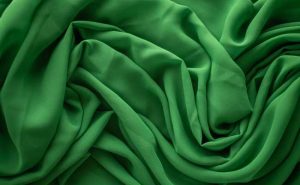
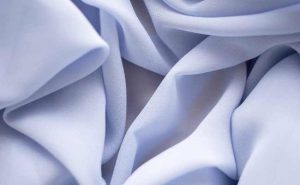
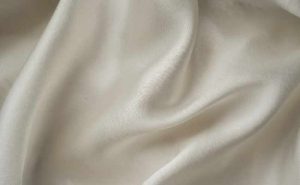
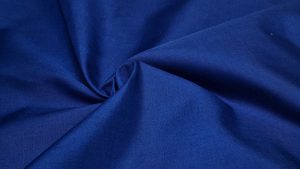
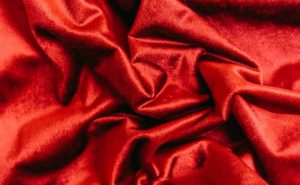
Leave a Reply